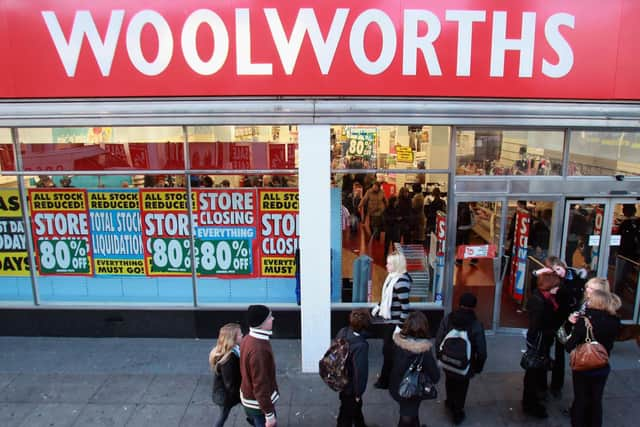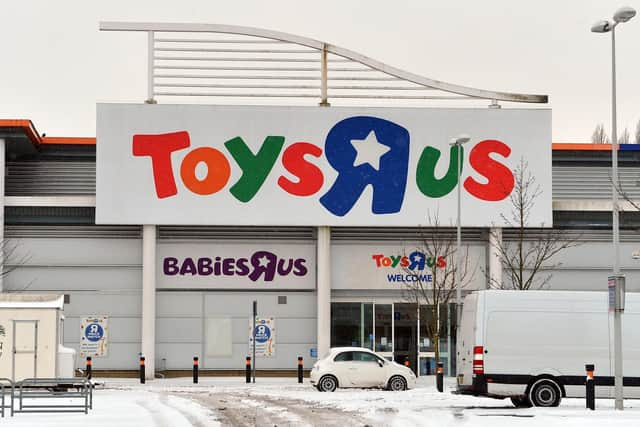The death of chain stores on our high streets gives an opportunity for a new dawn for independent retail - Mark Casci
Those stores, spanning the fields of fashion, hospitality, banking and betting shops, were part of a trend that has existed and been building for years but which were pushed along at a far higher speed by the Covid crisis.
The 922 stores that closed comprised some 5 per cent of the total chain store offering of Yorkshire’s economy and were part of nearly 10,000 closures nationwide, according to well-regarded research from both PwC and the Local Data Club.Last week John Lewis, still considered the bellwether of the British retail industry, confirmed it was to close some of its stores.
Advertisement
Hide AdAdvertisement
Hide AdWhile tight-lipped on where these are likely to be, many commentators tell me that the department stores in Sheffield and York could be vulnerable. Of course, I hope this does not prove to be the case as it would leave yet more gigantic gaps on the high streets. BHS and Woolworths were all early casualties of the winds of change buffeting physical retail and Debenhams, which had been on its last legs for years, finally succumbed to cumulative issues last year.


The stores belonging to the brands within Sir Philip Green’s once mighty Arcadia empire are all closing for good as well, with the individual brands gobbled up by the increasingly powerful online fashion retail sector.
It pains me to write this but the sands of time are moving quickly for retail and the days of the large scale multiples, with their high operational footprints, are looking increasingly numbered.
And those that remain will likely operate more as showrooms than traditional stores.
Advertisement
Hide AdAdvertisement
Hide AdAt first glance, the closure of 922 outlets appears almost surprisingly small until one considers that many are still on life-support thanks to Government support programmes. As these programmes begin to be unwound it seems inevitable that more stores will begin to announce closures or call in receivers.


Looking at the micros in the PwC/Local Data Company report unearthed some interesting information.
Retail parks around Yorkshire saw the smallest number of net closures of any location, a fraction of the hundreds seen in standalone stores, shopping centres and the high street. The latter fared the worst of all with 374 closures.
As they are able to offer free parking, are typically not served by public transport and are home to larger units which can better accommodate social distancing, it is easy to see why these venues may prove more attractive to consumers. One wonders if this trend will persist once the vaccination programme brings this wretched virus under control.
Advertisement
Hide AdAdvertisement
Hide AdThere is also great regional disparities. London, the South East and the North West have seen the most closures, not surprising given these regions have more chain stores.


City centres are now faring worse than suburbs and commuter towns as millions of people were forced to work from home. Like many city centres, Leeds saw a sharp decline in multiple closures, coming in at 8 per cent of all chain outlets.
While things may be slightly less injurious in our other major cities, it is without a doubt that the areas around our offices will look very different when we return to them.
Joel Smith, PwC’s consumer markets lead for Yorkshire, struck a positive tone however, pointing out that in the aftermath of the global financial crisis we saw the growth of discounters and food service chains that replaced exiting retailers.
Advertisement
Hide AdAdvertisement
Hide AdIndependent retail could well be in for an unexpected new chapter of prosperity as consumers look to the more personal approach and workers laid off due to Covid look to follow their passions.


It will be no comfort to those whose livelihoods are lost in some of these sectors but the high street was due for a correction anyway.
Perhaps the days of faceless, identikit retail outlets which operate in every town and city in Britain can be replaced with one based on viable, personal and high-quality service.